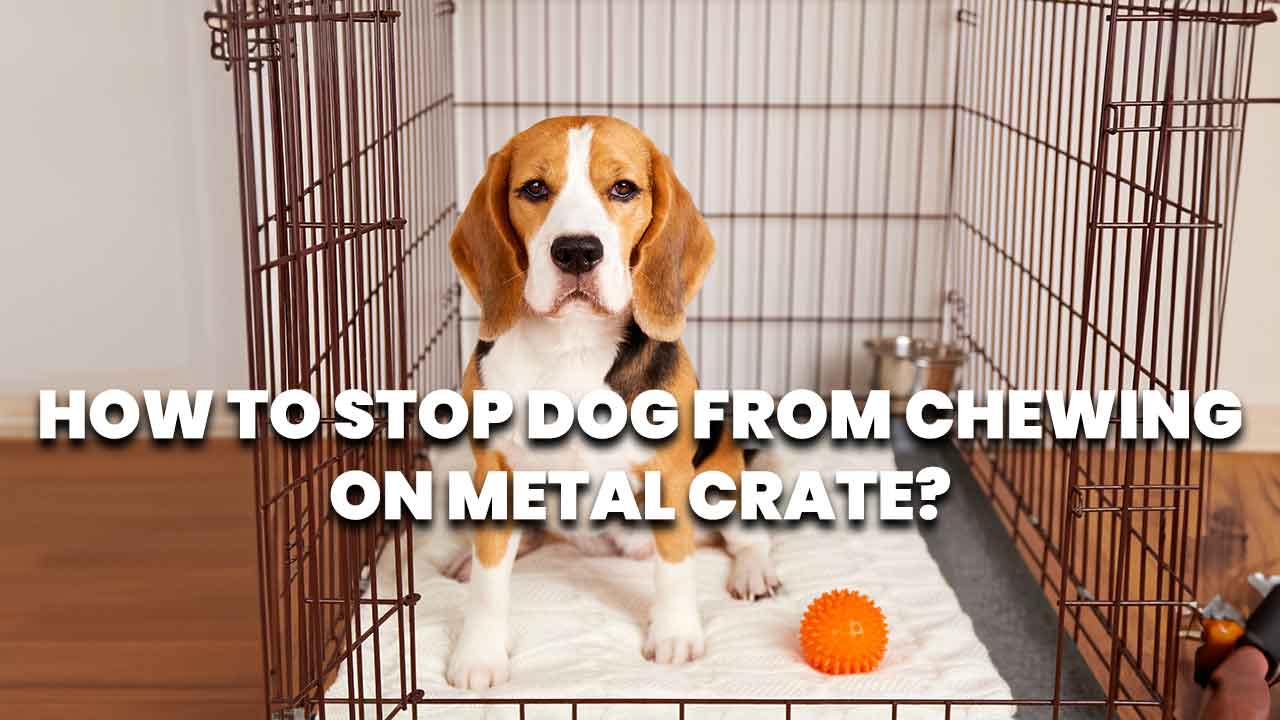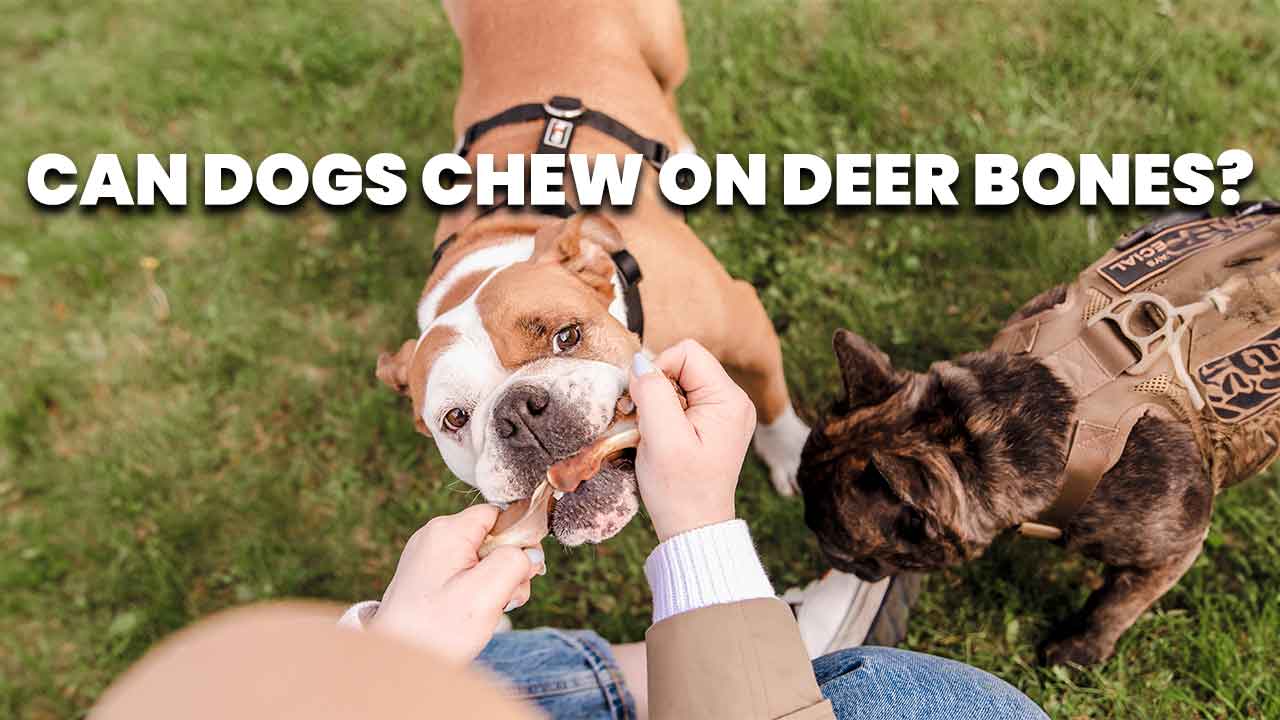Table of Contents
Key Takeaways: How to Stop Dog From Chewing on Metal Crate?
| Key Topic | Detailed Insights |
|---|---|
| Understanding the Causes | Identify reasons for crate chewing: teething, boredom, anxiety, lack of exercise. |
| Chew Toys and Exercise | Provide appropriate chew toys and regular exercise to mitigate boredom and anxiety. |
| Behavioral Training | Employ positive reinforcement and redirection for behavioral correction. |
| Environmental Enrichment | Enrich the environment with interactive toys and scheduled playtimes. |
| Crate Alternatives | Explore dog-proofed rooms or playpens as alternatives to metal crates. |
| Monitoring and Adjusting | Keep a behavioral log and adjust strategies based on your dog's response. |
| Health Check-ups | Conduct regular vet visits to rule out medical causes for destructive chewing. |
| Deterrent Sprays | Use safe, bitter-tasting sprays as a deterrent to crate chewing. |
| DIY Solutions | Implement homemade vinegar and lemon spray as a natural deterrent. |
| Community Support | Leverage online forums and local dog groups for additional advice and experiences. |
Dogs have a natural tendency to chew, but when they start chewing on metal crates, it can be both destructive and dangerous. At EasyDogTrainingMethods.com, we understand the challenges and concerns that come with such behavior. In this guide, we will explore effective strategies to stop your dog from engaging in this harmful habit.
Understanding the Why: The Root Causes of Crate Chewing
Before diving into solutions, it's crucial to understand why dogs chew on metal crates. Common reasons include:
- Teething Discomfort: Just like human babies, puppies chew on hard objects, like crate bars, to relieve teething pain.
- Boredom: Dogs left alone without adequate toys or stimulation may chew on their crates out of sheer boredom.
- Separation Anxiety: Dogs with separation anxiety may resort to chewing as a coping mechanism.
- Lack of Exercise: Under-exercised dogs often turn to chewing as an outlet for their pent-up energy.
Prevention and Solution Strategies
To address this issue, consider the following strategies:
- Providing Chew Toys: Offer various chew toys to keep your dog engaged and distracted from chewing the crate. For more details on selecting the right chew toys, visit our article on 10 Best Dog Muzzles.
- Increasing Exercise: Regular exercise is crucial for your dog's mental and physical health. A well-exercised dog is less likely to engage in destructive behaviors. Discover fun exercise ideas in our post, Dog Doesn't Want to Walk in the Morning.
- Using Deterrents: Apply safe, bitter-tasting deterrents on the crate to discourage chewing. Learn more about effective deterrents in our article, How to Train a Dog to Ignore Distractions.
- Proper Crate Training: Gradually acclimate your dog to the crate, ensuring it's a positive and comfortable space. For comprehensive crate training techniques, read How to Stop a Dog Barking in Crate.
Behavioral Training and Positive Reinforcement
Implementing positive reinforcement and training techniques can significantly reduce crate chewing behavior:
- Reward Calm Behavior: Praise and treat your dog when they are calm and not chewing in the crate.
- Redirection: Redirect your dog's attention to appropriate activities when they begin to chew on the crate.
- Consistency in Training: Maintain a consistent approach to discourage the chewing behavior.
Professional Help for Persistent Issues
If your dog's crate chewing persists despite these strategies, it might be time to seek professional help. Consulting with a certified dog trainer or behaviorist can provide tailored solutions and guidance. For insights into professional training, check out How to Train a Dogo Argentino.
Utilizing Deterrent Sprays: A Taste-Based Solution
Deterrent sprays can be an effective solution for dogs that chew on metal crates. These sprays have a bitter taste that discourages dogs from chewing:
- Choosing the Right Spray: Ensure the spray is non-toxic and safe for pets. For more on pet safety, consider reading Are Hands-Free Dog Leashes Safe.
- Application Tips: Apply the spray to the areas of the crate your dog chews most frequently, but avoid over-application.
Behavioral Correction: Humane Approaches to Discourage Chewing
Correcting your dog’s behavior involves a patient and positive approach:
- Command Training: Teach commands like “leave it” to stop your dog from chewing the crate.
- Immediate Correction: Gently correct your dog the moment they start chewing and redirect their attention.
DIY Solutions: Homemade Remedies
If commercial deterrents are not an option, consider homemade solutions:
- Vinegar and Lemon Spray: A mixture of vinegar and lemon can act as a natural deterrent due to its strong scent and taste.
- Regular Checks: Regularly inspect the crate for areas your dog may chew and apply the homemade deterrent as needed.
Leveraging Community Support for Additional Tips
Sometimes, the best advice comes from fellow dog owners:
- Online Forums: Join online dog forums or communities like Dog Reactivity Quiz for additional tips and support from other dog owners.
- Local Dog Groups: Participate in local dog owner groups where you can share experiences and solutions.
Conclusion: A Holistic Approach to Prevent Crate Chewing
Stopping a dog from chewing on a metal crate requires a combination of understanding the root causes, providing the right tools and environment, and employing effective training strategies. By addressing both the physical and psychological needs of your dog, you can create a safe and satisfying environment that discourages destructive behaviors. Remember, consistency and patience are key in training, and seeking professional advice is recommended for persistent issues. For a wealth of information and further guidance on dog training and behavior, explore the resources available at EasyDogTrainingMethods.com.





